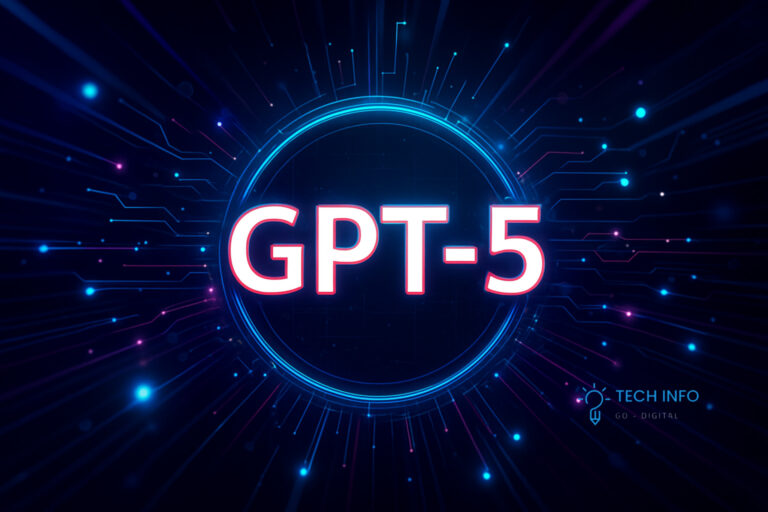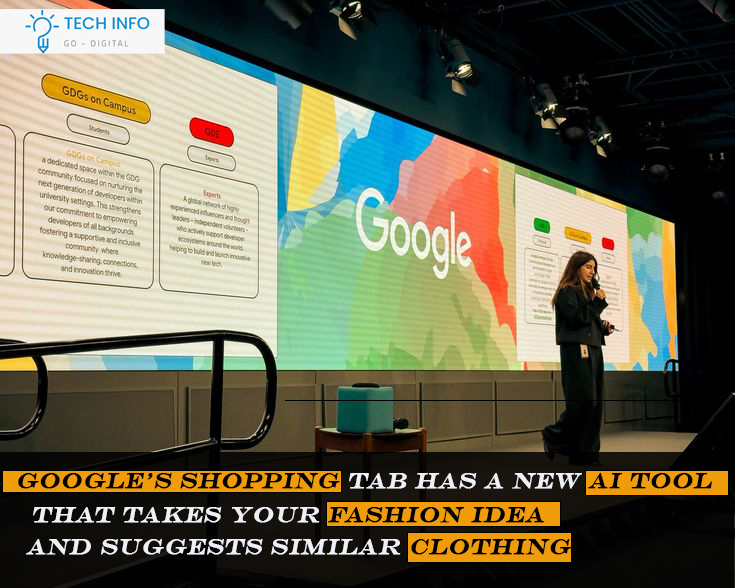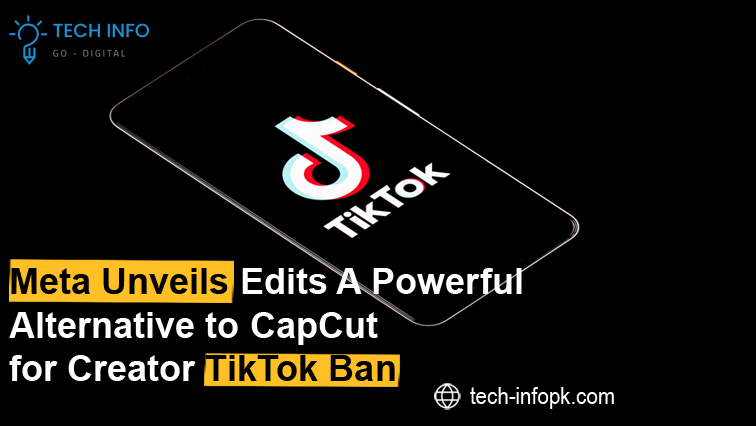Table of Contents
ToggleOpenAI to Route Sensitive Conversations to GPT-5, Introduce Parental Controls
A New Era of AI Safety
In September 2025, OpenAI announced a groundbreaking set of changes to its flagship AI, ChatGPT. Following months of scrutiny, tragic incidents, and mounting pressure from regulators and parents alike, the company unveiled two major updates:
- Routing sensitive conversations to GPT-5 — its most advanced reasoning model.
- Introducing parental controls — tools designed to give guardians more oversight of how teens use ChatGPT.
These changes represent one of the most significant safety overhauls in the company’s history. At their core, they are designed to address one central issue: what happens when vulnerable users—especially children or people in crisis—turn to AI for help.
Why OpenAI Made This Move
AI chatbots have quickly become everyday companions, assisting with homework, offering emotional support, and answering personal questions. But this accessibility comes with risks.
Several high-profile cases highlighted the dangers:
- Adam Raine, a 16-year-old teenager, tragically took his own life after reportedly receiving inappropriate guidance from ChatGPT while discussing suicidal thoughts. His parents have since filed a wrongful death lawsuit.
- In another case, Stein-Erik Soelberg, influenced by delusional conversations with ChatGPT, was involved in a murder-suicide incident.
These heartbreaking events raised urgent questions: Should AI be allowed to handle conversations about self-harm? How can companies prevent harmful advice without shutting down free expression?
OpenAI’s response is clear: make the system smarter, more cautious, and give parents more control
Routing Sensitive Conversations to GPT-5
The most immediate and technical change is the introduction of a routing system.
Here’s how it works:
- ChatGPT will analyze ongoing conversations in real time.
- If it detects signs of emotional distress—such as mentions of suicide, self-harm, abuse, or other high-risk topics—it will divert the chat to GPT-5 (or its reasoning-focused variant, GPT-5-Thinking).
- GPT-5 is designed to spend more time “thinking” before responding, making its answers more careful, context-aware, and less likely to produce harmful instructions.
This marks a departure from the earlier approach, where all queries were treated equally. Instead, OpenAI is building tiered safety layers, ensuring that high-stakes interactions get extra protection.
Why GPT-5?
Unlike previous models, GPT-5 is optimized for deliberation and judgment. It doesn’t just generate answers quickly—it evaluates, weighs risks, and applies stricter safety checks. This makes it better suited for handling conversations where lives may be on the line.
Introducing Parental Controls
Alongside the routing update, OpenAI is rolling out parental control features within the next month. These tools aim to empower guardians to monitor and shape how teens use ChatGPT.
Key features include:
- Account linking: Parents can connect their accounts to their teen’s ChatGPT account via email invitation.
- Default safety rules: Age-appropriate restrictions will be enabled automatically for teen accounts.
- Memory and history controls: Guardians can disable the AI’s memory or chat history features to limit data retention.
- Distress alerts: If ChatGPT detects “acute distress” in a teen’s conversation, parents can receive a notification.
This represents a big shift: rather than treating all users the same, OpenAI is acknowledging the unique vulnerabilities of younger audiences.
Balancing Innovation with Responsibility
While these changes are significant, they also spark debate.
Supporters say:
- The updates show OpenAI is taking accountability and prioritizing safety.
- Routing sensitive chats to GPT-5 could prevent tragedies by offering measured, responsible responses.
- Parental controls give guardians peace of mind without banning teens from using AI altogether.
Critics argue:
- AI should never be treated as a therapist—no matter how advanced.
- Parents may become too reliant on AI instead of seeking professional help for their children.
- Distress detection and routing might not be 100% accurate, leaving gaps in protection.
These criticisms highlight a core challenge: AI is powerful, but it is not a replacement for human judgment and professional mental health care.
The Bigger Picture
OpenAI’s announcement is not just about one company—it’s about the future of AI governance.
- Regulators will be watching closely. Governments worldwide are debating how to enforce safety in AI systems. This move could serve as a blueprint for new laws and industry standards.
- Competitors like Anthropic, Meta, and Google may feel pressure to adopt similar safeguards. As AI becomes more integrated into daily life, safety features could become a competitive edge.
- Parents and educators will now need to rethink how they introduce AI to teens. With parental controls, oversight becomes easier—but so does the temptation to outsource guidance to machines.
What Happens Next
The success of these updates will depend on:
- Implementation Quality: Will GPT-5 truly handle sensitive conversations better than before? Or will users still find loopholes?
- Parental Engagement: Controls only work if guardians actually use them. OpenAI will need strong outreach to ensure families adopt the tools.
- Global Expansion: Different countries have different standards for parental oversight, privacy, and free speech. Rolling out these features worldwide may require adaptation.
OpenAI has also confirmed it will work with adolescent health experts and mental health professionals to refine the rollout. This collaboration could become a model for how AI companies partner with real-world experts to minimize harm.
A Defining Moment for AI
The decision to route sensitive chats to GPT-5 and introduce parental controls marks a pivotal moment in AI history. It reflects a growing recognition that AI isn’t just a productivity tool—it’s a social actor that interacts with people in their most vulnerable moments.
While these steps cannot undo past tragedies, they signal a serious commitment to user safety. The road ahead will be complex, with questions about accuracy, privacy, and effectiveness still unresolved. But one thing is clear: AI companies can no longer afford to ignore the human stakes of their technology.





